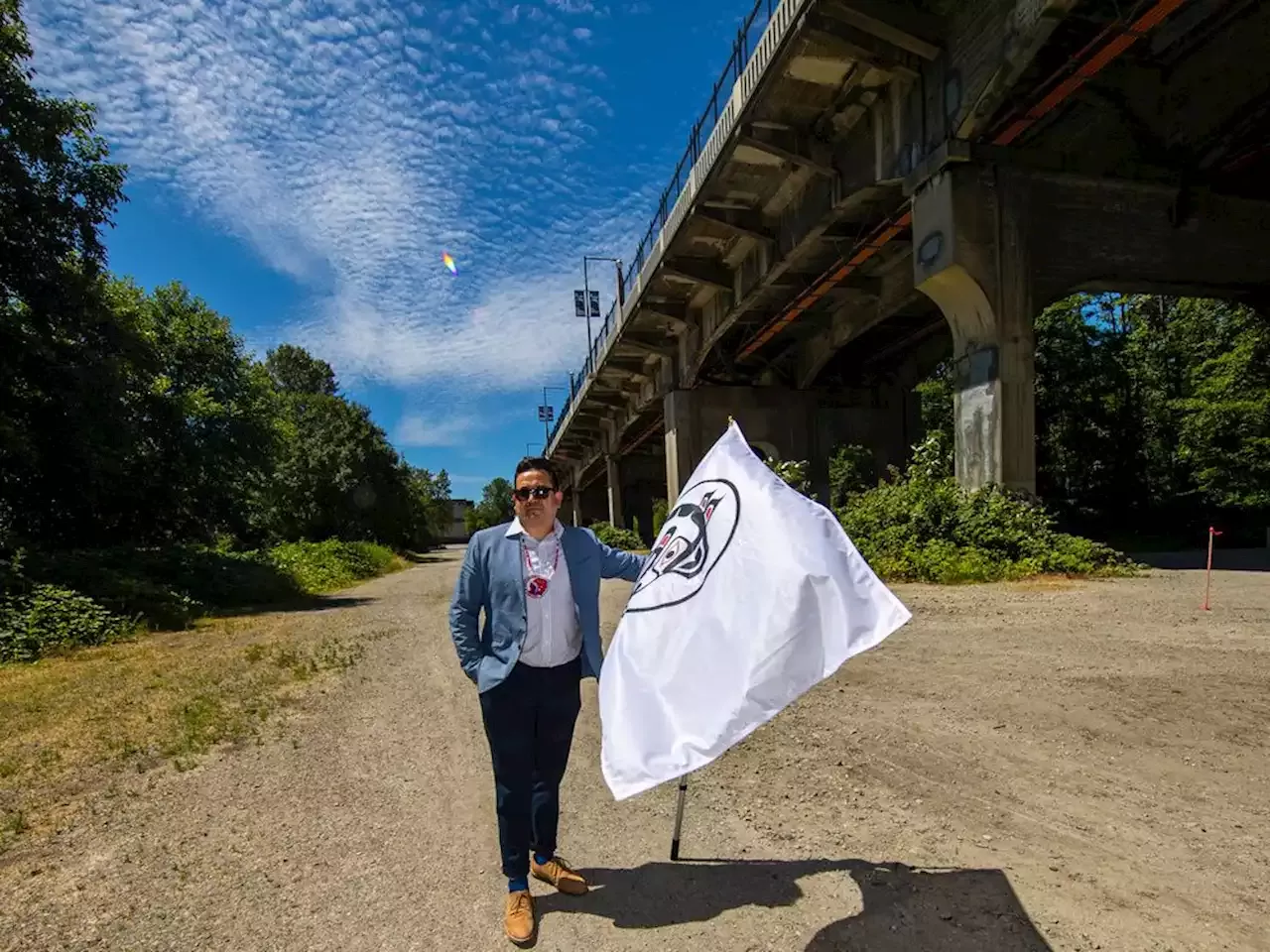But to what extent will this Indigenous-controlled multi-billion-dollar skyscraper project, which is unprecedented in North America, actually contribute to reconciliation between Indigenous and non-Indigenous peoples?Start your day with a roundup of B.C.-focused news and opinion delivered straight to your inbox at 7 a.m., Monday to Friday.By clicking on the sign up button you consent to receive the above newsletter from Postmedia Network Inc.
The simmering tensions over the nature of reconciliation are not new when First Nations combine with big business. Issues over the apartment project for up to 10,000 tenants, some in 59-storey towers, echo those that can break out when B.C.’s forestry companies collaborate with First Nations.— more than 800 of whom have been arrested — against the Pacheedaht First Nation, which owns the trees being cut down on its behalf by Teal-Cedar Products Ltd.
“There is an unstated expectation that the city and province will make up the difference and mitigate the impacts” of Senakw, Price said. He wonders whether the city will apply such lower standards to the adjacent Concord Pacific project and the MST Development Corp., a consortium of the Musqueam, Squamish and Tsleil-Waututh Nations, which controls Metro properties much larger than Senakw.
“Reconciliation is a vision based on a commitment to mutual respect,” Price writes. “Advocates for decolonization may not have intended this, but they’re giving developers a crude, powerful tool to sweep aside regulatory constraints in the way of their most ambitious projects — so long as they have Indigenous partners.”Article content
Squamish Nation councillor Wilson Williams said Senakw promotes reconciliation because it “gives us back our economic independence” and “integrates us into mainstream society. We want to be good neighbours, like we were in the past, always welcoming.”Article content Scott Dunlop, who lives near the Senakw site, worries the city has misinterpreted the term, reconciliation, to give First Nations a monopoly.Scott Dunlop, a lawyer who lives near the Senakw site, maintains reconciliation refers to repairing relationships after past misconduct. But he’s worried the city and other governments have misinterpreted the term to give First Nations a monopoly, without checks and balances, over reserve and other lands.
It is unfortunate that some still take the view the First Nations can do what they want as long as the white folk agree first. That is not reconciliation.
